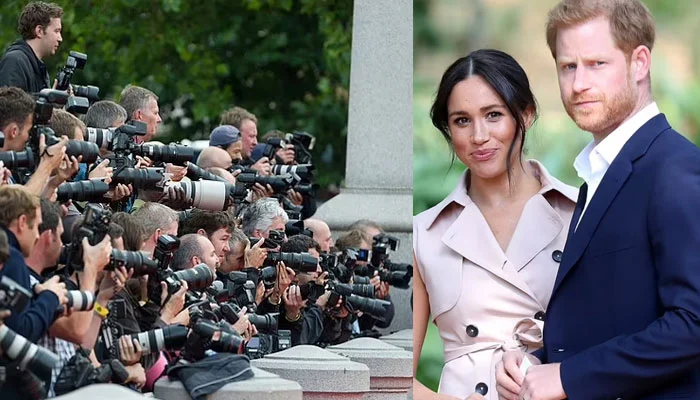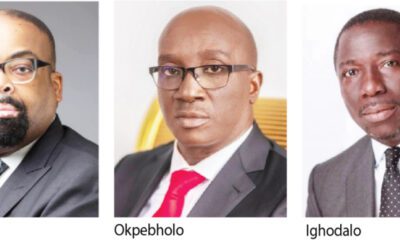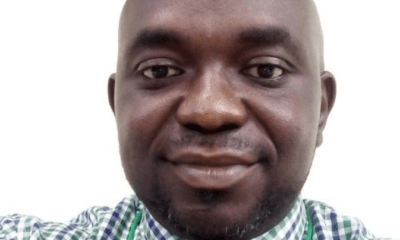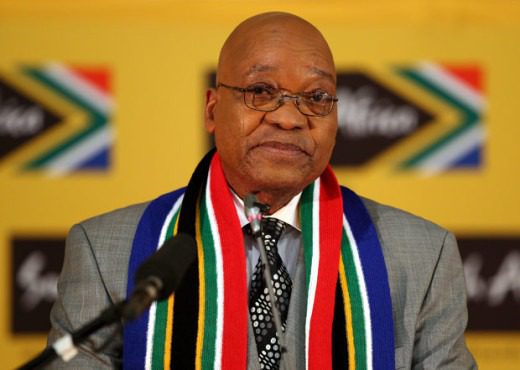Global Issues
Sad As Paparazzis Keep Turning Photojournalism On Its Head -By Isaac Asabor
It will be recalled in this context that in the aftermath of Princess Diana’s untimely death that the public’s perception of the Paparazzi drastically shifted. The tragedy provoked a conversation about the ethics and responsibilities of the media, especially when it comes to intruding into the privacy and safety of public figures.

There is no denying the fact that not a few graduates of mass communication, during their university days, looked forward to specializing in Photojournalism because it was considered to be a noble career path in the practice of Journalism as a profession.
As a Journalist, I must confess that one of the trappings of Photojournalism is that it is a profession that is driven by accountability and ethics. Part of the accountability of a photojournalist is to respect the subjects that make his or her images. Thus, to be as ethical as possible in the field is sacrosanct as a photojournalist is expected to at all times be intuitive enough to treat the people he wishes to snap or rather photograph, particularly at corporate or social events with respect.
Across the world, photojournalists that work in various media houses publish images in the hope that they will draw attention to important social issues with each image depicting complex human stories in the hope that society will pay attention.
For instance, cultural photography can be a powerful tool for raising awareness through storytelling. Thus, capturing emotions and interactions provides insight into community situations that no one would otherwise be able to fathom. Without a doubt, an understanding of the unfamiliar through images is of social benefit and even encourages acceptance and greater kindness. Again, community photography can highlight human plight through examples of prejudice and injustice, encourage discourse around socio-economics, and bring inspiration for overcoming adversity.
Even so, documenting cultures and communities is not, and should not be thought of as an open invitation. Without any iota of exaggeration, photojournalism, when not achieved responsibly, can make those at the heart of the story to see it as being invasive and clumsy.
Given the backdrop of the foregoing view, it is germane in this context to say that part of the accountability of a photojournalist is to respect the subjects that make the images what they are. Therefore, to be as ethical as possible in the field, it is expedient to reiterate at this juncture that being intuitive to address the people that would be photographed is vital. Hence, it is expedient to opine that a professional Journalist must know his or her onions in practicing ethical and cultural photography in a community setting by asking for permission, being careful when photographing children, exhibiting a high sense of gratitude, remaining hyper-aware and beware of typecasting.
Other ethical tips to follow cut across using imagery to highlight injustice correctly, particularly on how it affects humans as it is a crucial way of raising awareness, by following customs, avoiding intrusive images, telling the whole story, and always exhibiting mutual respect to the audience.
Sadly, it is not an exaggeration to say that the nobleness that characterizes photojournalism as an adjunct of the Journalism profession has been bastardized as the profession has been turned on its head by a cantankerous clique of photojournalists derogatorily called Paparazzis. They have been so much looked upon for interfering with people’s lives, especially celebrities but, the world still has to know that there is more to being a Paparazzi than meets the eye as everyone can choose to be Paparazzi in this era of cameras, but not everyone can choose to be a professional journalist because it requires a good level of education. The paparazzi have, however, dominated the world with their wired ideas of following up with people. But it is very important to know what prompts them to do this.
In as much as the scourge of Paparazzi is not prominent in this part of the world, it is expedient to say in this context that this writer was inspired to lament the unsavory reputation that they collectively rub off on Journalism as a profession. In Nigeria, anyone that hangs a camera on his neck is allowed to freely walk into an event venue as he is assumed to be a professional Journalist; even without screening for entry into the venue. These ones are mannerless in most cases as they are more often than not seen seemingly scrambling for freebies offered at events.
Bluntly put, Paparazzo or paparazzi is an Italian word that describes photojournalists who are free-lensed and do photography of celebrities, politicians, and famous people. Most of the time, they do this individually and do not work for any media house or organization. But, they take pictures and sell them to newspapers, magazines, and some book publishing companies. They mostly engage in gossip besides following up with people to find evidence. However, they are the most despised media practitioners. On the other hand, a professional journalist is that skilled journalist who takes and uses photographs to tell a news story and does not go against any journalistic ethics.
As you read this piece, Prince Harry and Meghan were alleged to have experienced a ‘near catastrophic’ paparazzi car chase in New York on Tuesday night As gathered, “Prince Harry and his wife Meghan were involved in a chaotic car chase with paparazzi in New York on Tuesday night that could have resulted in a “catastrophic” outcome, their spokesperson has alleged.
“The Sussexes were pursued by photographers after leaving the Women of Vision Awards at the city’s Ziegfeld Ballroom in a convoy that also included Doria Ragland, Meghan’s mother. The couple was left shaken by the incident, although ultimately no one was hurt, their security detail told CNN.
“Police said “numerous” photographers made the Sussexes’ transport “challenging,” but that there were no reported collisions, injuries or arrests.
“According to the couple’s account, the altercation with photographers was prolonged and risky. “Last night, The Duke and Duchess of Sussex and Ms. Ragland were involved in a near catastrophic car chase at the hands of a ring of highly aggressive Paparazzi,” the couple’s spokesperson said.
The Paparazzi have been so much looked upon for interfering with people’s lives, especially celebrities but, the world still has to know that there are more Parazzi than professional journalists. Everyone can choose to be paparazzi in this era of cameras but not everyone can choose to be a professional journalist because it requires a good level of education. The paparazzi have, however, dominated the world with their wired ideas of following up with people. But it is very important to know what prompts them to do this.
Without a doubt, the incident serves as a sad reminder of Princess Diana’s death in 1997 as it has in the same breadth sparked a conversation about Paparazzi ethics and the safety of public figures.
No doubt, the incident serves as a stark reminder of the lingering memories of Princess Diana’s catastrophic death in 1997 when she was being chased by Paparazzis in Paris. In fact, the heartbreaking death of Princess Diana in 1997 remains one of the most moving instances of the dark side of Paparazzi culture.
It will be recalled in this context that in the aftermath of Princess Diana’s untimely death that the public’s perception of the Paparazzi drastically shifted. The tragedy provoked a conversation about the ethics and responsibilities of the media, especially when it comes to intruding into the privacy and safety of public figures.




















